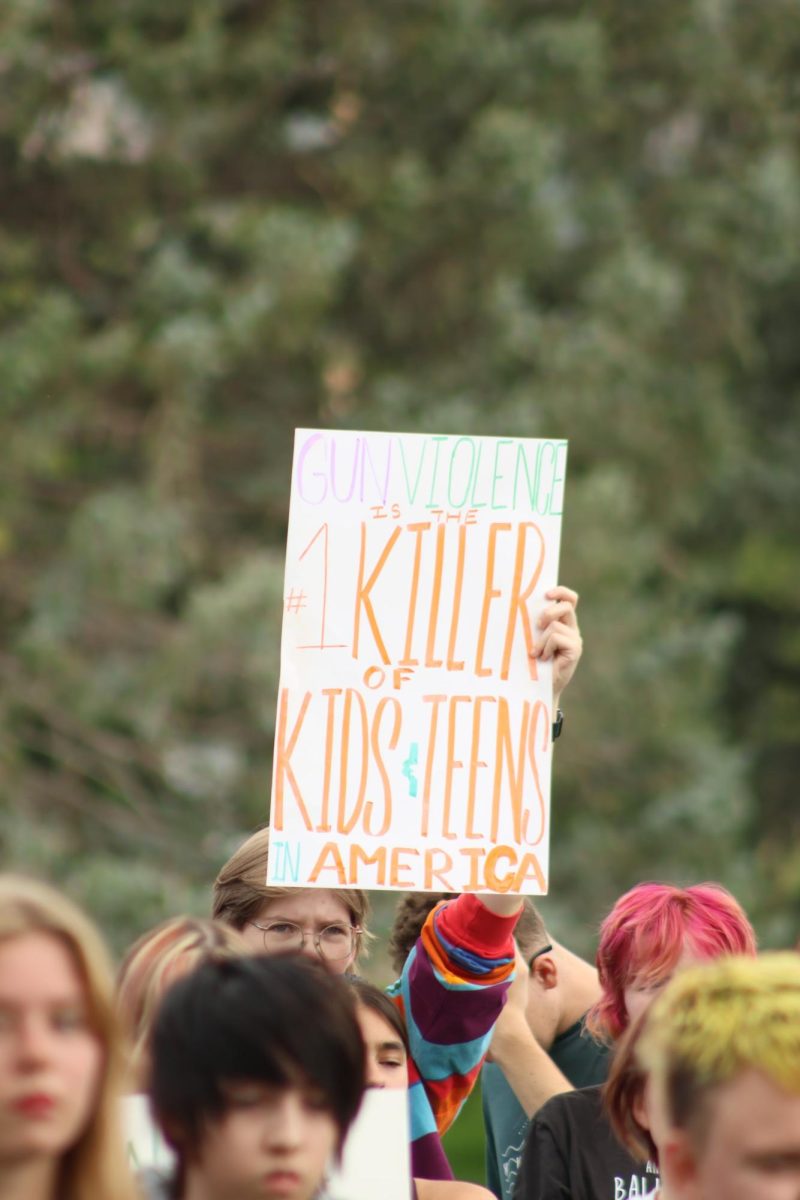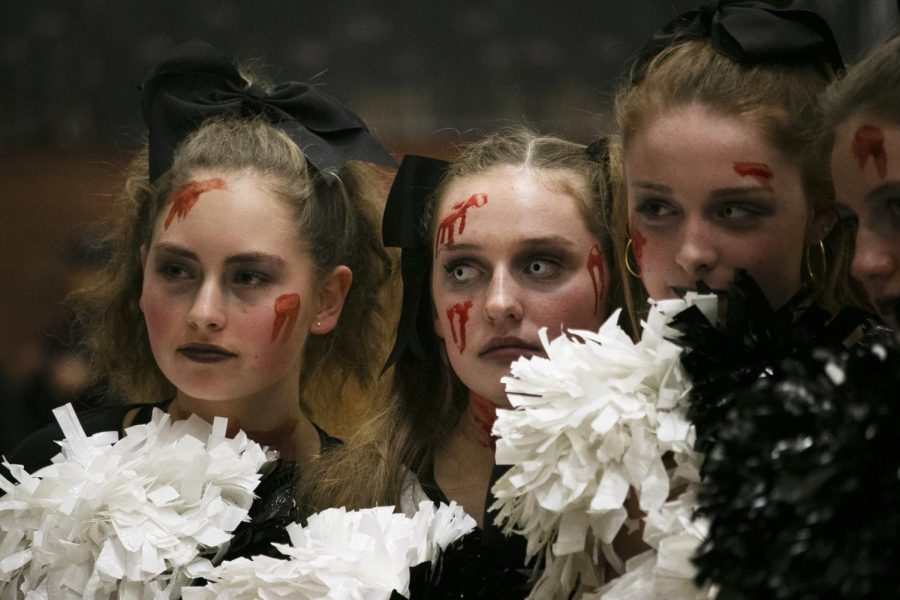“Boring,” “waste of time,” “lets skip!” and “pointless. “All adjectives that can be heard around the halls on Thursday mornings at Highland High School. These words are referring to a class period that most students dread attending or do not attend at all, a class period called advisory.
Advisory is 45 minutes long. Most of the class period is wasted. Advisory is not reaching its full potential. The class is not fitted towards the personal needs of the students. Different students are going to have a variety of things they need help with, not everyone is the same. There are better ways that we can approach this time.
The state recommends that each school provides 40 minutes of social emotional learning every week. Every district in the state has approached and achieved this differently. I believe that the Salt Lake District could find a better solution to meet the required weekly minutes of social emotional learning. We can see an example of this in one of our neighboring schools, Skyline.
The Granite School District has found a way to make the SEL time more personal for students. At Skyline high school on the weeks of midterms and end of terms, they have two days where a 20-minute time zone is set aside for students to go around the school and ask their teachers about specific questions, followed by 30 minutes of lunch. Which gives students 50 minutes to re-organize their schoolwork before midterms and end of term.
They call this time “intervention.” This solution, although imperfect, is a great example of how much potential advisory could have.
Olivia Coleman, a former Highland student, now attends Skyline High as a sophomore. Since she has attended both schools, she gave her insight on how much of a difference intervention made compared to advisory.
“Advisory gives you advice about life which isn’t exactly helpful for a lot of students, but intervention actually allows you to improve in school,” Coleman said.
Advisory had set lesson plans about mental health and life skills. Last year, we were supposed to do breathing exercises. Breathing exercises can be effective, but they were not in a class with 20 other students. Many students did not relate to the lessons and just sat in the class for nothing. With something like intervention, students can improve their grades and stay on top of their classwork.
“It (intervention) is very helpful because we got to talk one on one with teachers and actually see what we need to do to get our grades up or fix anything else we need to do to get our grades up or fix anything else we needed,” Coleman said.
As someone who experienced both advisory and intervention, Coleman witnessed the positive impact of productive and useful time to help students. Since there have been positive effects, that means that something similar could help Highland too.
During advisory now, students are roaming the hallways with friends, leaving to grab a drink or snack from Maverick, or even taking a nap in the classroom. Students do not enjoy going to advisory because they feel that it is unimportant, so they use that as an excuse to skip school.
It is difficult for students to get their work done during advisory because teachers all do advisory differently. Some teachers show movies, while others have games to play, but none of these are helping our education.
If the Salt Lake School District decided to change advisory to be more personal towards students, then the results would be noticed. We could make advisory into something where students can go talk to different teachers, get make-up work, or even have a break during a long school day, it could be highly beneficial, especially close to the end of the quarter.
Students would not be as nervous to communicate with teachers and grades would improve. Teachers could all be available at one time. If a student gets sick, misses a class, or even falls behind they can use their advisory time efficiently. Advisory would be useful and enjoyable, rather than avoidable.




































